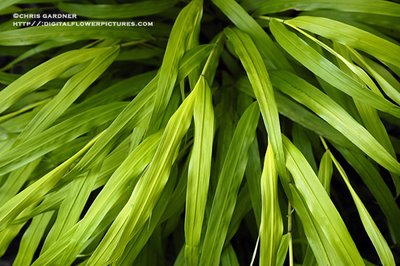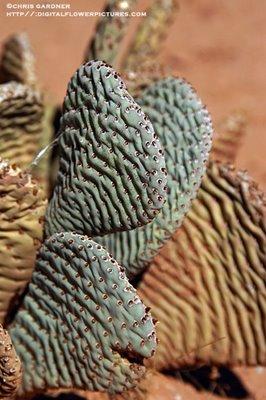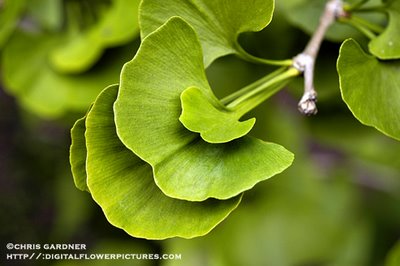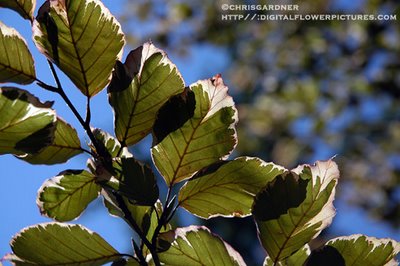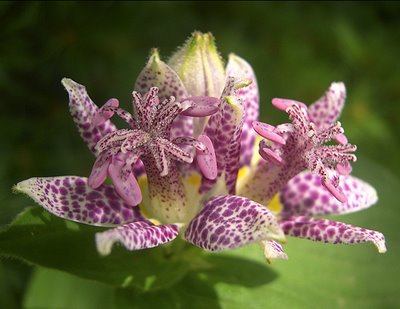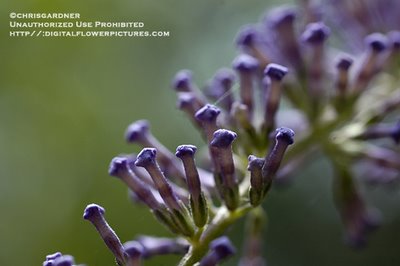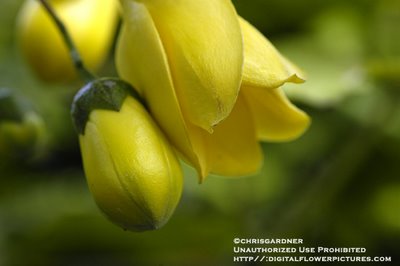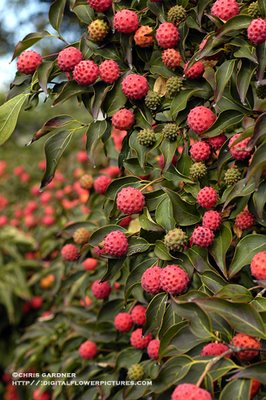
Chinese Dogwood
Cornus kousa
(KOR-nus) (KOO-suh)
A short post today as I put the final touches on the proposal I am presenting today. The house is been recently lovingly restored and is on a beautiful piece of property. You can see from the plant list that it will be a very nice garden once planted. This list is for the heart of deer country. The Pound Ridge neighborhood is over run with deer. I am planting a mix of deer resistant species and some that we will spray with repellent during the season. Some seasonal fencing may be in order for the winter. I found that after the plants get established they are a little less appetizing to the deer.
I took this picture at a local garden retailer named Lexington Gardens. They always have some interesting plants. As I was driving away I saw this Kousa planted in the display gardens. It was literally covered with fruit. It must have been a selection or cultivar, as I have never seen such a compact heavy fruiting type like this. The tree was big but not as big as the species. A couple of the guys at work like to eat these berries but I find them disgusting.
Here is the plant list from the proposal:
2 Globe Blue Spruce (Front Door) (Picea pungens glauca 'Globosa')
2 Fastigiate Norway Spruce (Picea abies 'Cupressina')
1 Dragon Lady Holly (I. x aquipernyi ‘Dragon Lady’)
1 River Birch (Betula nigra ‘Heritage’)
1 Dwarf Laceleaf Red Maple (Acer palm. dissectum)
1 Kousa Dogwood (Cornus kousa)
1 Weeping Cherry (Prunus subhirtella 'Pendula')
1 Fastigiate Blue Atlas Cedar (Cedrus atlantica 'Fastigiata')
18 Dwarf Fountain Grass (Pennisetum alopecuroides 'Hameln')
6 Royal Burgundy Barberry (Berberis thunbergii 'Gentry')
6 Blue Mist Shrub (Caryopteris x clandonensis)
3 Tardiva Hydrangea (Hydrangea paniculata 'Tardiva')
6 Helleri Japanese Hollies (Ilex crenata 'Helleri')
3 Miss Kim Dwarf Lilac (Syringa meyeri ‘Palibin’)
9 Large Pieris (Pieris japonica ‘Mountain Fire’)
9 Medium Pieris (Pieris Mixed Species)
5 Small Pieris (Compact) (Pieris japonica ‘Compacta’)
9 Blue Hollies (I. x meserveae ‘Blue Princess’)
6 Spreading Deutzia (Deutzia gracilis ‘Nikko’)
1 Bush Clover (Lespedeza thunbergii)
1 Tigertail Spruce (Picea alcoq. 'Howell's Dwarf Tigertail')
5 Variegated Boxwood (Buxus sempervirens 'Variegata')
2 Large Common Boxwood (Buxus sempervirens)
2 Medium Common Boxwood (Buxus sempervirens)
12 Astilbe (not too tall) (Astilbe x arendsii hybrids)
12 Daisies (Chrysanthemum maximum)
12 Coneflower (Echinacea purpurea)
16 Siberian Iris (Iris sibirica mixed cultivars)
12 Old Fashioned Bleeding Hearts (Dicentra spectabilis)
12 Sedum (Sedum telephium 'Autumn Joy')
6 Tall Garden Phlox (Phlox paniculata)
